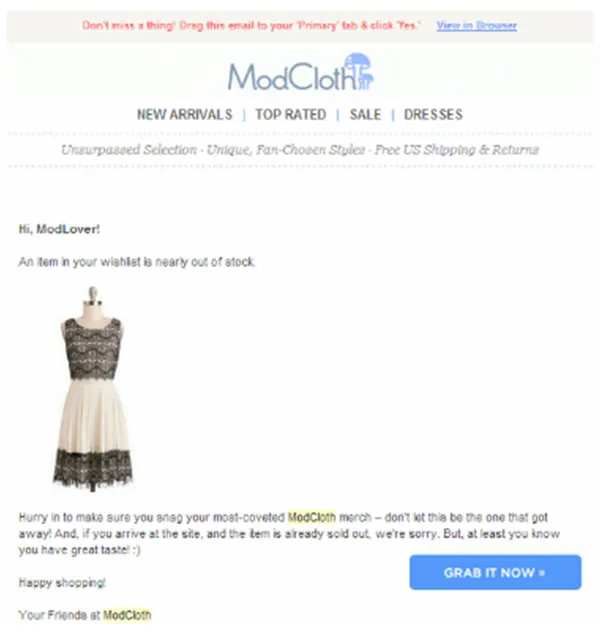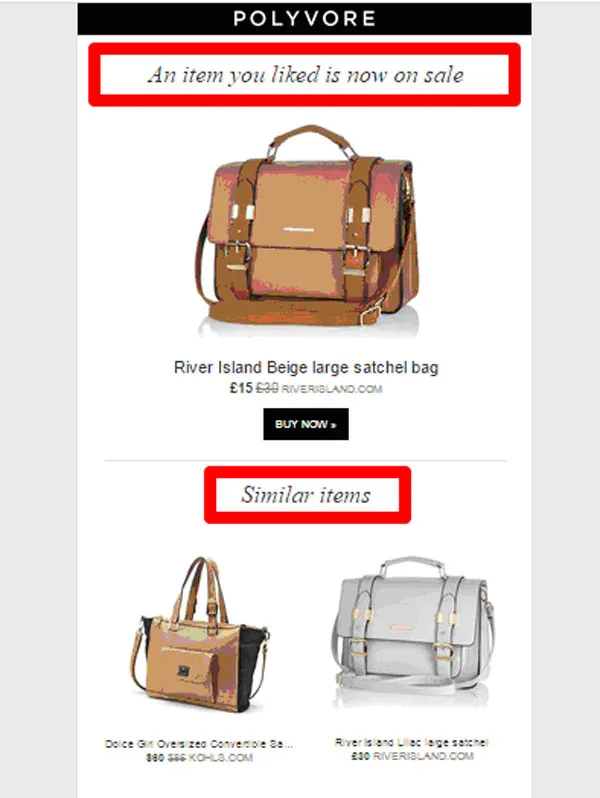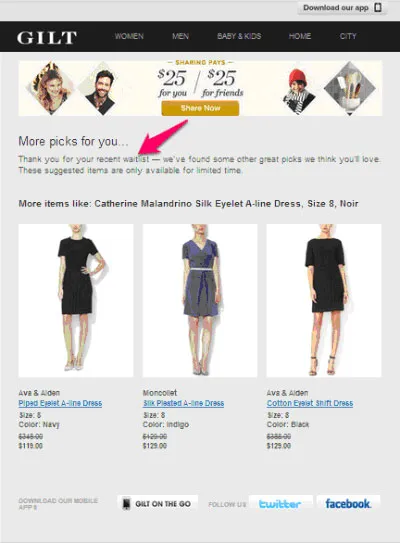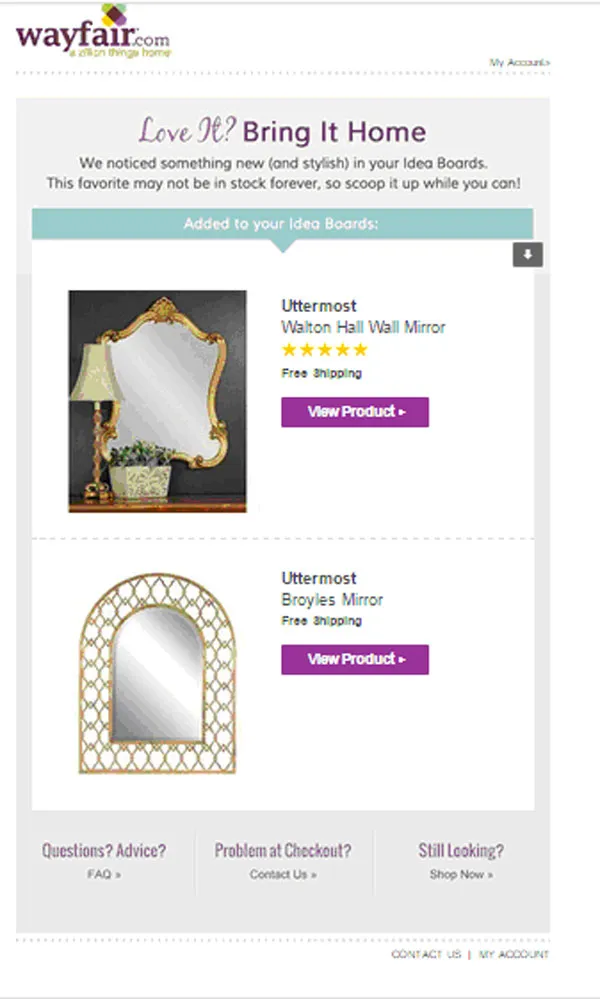3 effective ways to skyrocket your e-commerce conversions

Attracting people to your online store is tough, which is why most marketers spend a major chunk of their marketing budget on acquiring customers. But, most of these customers leave the site before making a purchase. Stats say that for every 100 potential customers, 67 will leave without purchasing. And, the average conversion rate of an online store is as low as two to three per cent.
So, if you are running an online store, it’s crucial you establish a strong path to conversion, one that will encourage shoppers to complete a purchase once they are on your site or even after they leave it.
As Bryan Eisenberg said, “Our jobs as marketers are to understand how the customer wants to buy and help them do so.” Here are three ways to encourage your shoppers to complete their purchase to boost your e-commerce sales:
Use exit-intent popovers to increase conversions
Shopping cart abandonment is a huge problem for the e-commerce industry. As per BI Intelligence research, shopping cart abandonment is increasing, and will continue to do so as more consumers shift to online and mobile shopping. So, instead of waiting for these potential prospects to abandon your cart and triggering your cart recovery email series, you can proactively address these abandoners through exit-intent popups.
As the name suggests, these are the popups that appear the moment the visitor is about to leave the site. So, before a shopper leaves your site to never come back, exit-intent popups give you a second chance to recapture his attention while he is at it. E-commerce sites can use these popups as an instant cart recovery tool. The moment a shopper is about to abandon his cart, a popup can be triggered highlighting an incentive like free shipping, discount voucher, a free gift or the no-fuss company exchange policy to lure these prospects to complete their transaction.
Tip: Offer something which highlights the benefit of completing the purchase at that moment. For example: for high-value items like diamond jewellery, you can offer a no-questions-asked refund policy to encourage people to complete their purchase without thinking twice.
You should test different offers to see which one generates the most purchases and decide accordingly.
Use email marketing to drive more conversions
Using email marketing to increase your e-commerce conversions may sound like a no-brainer, but that doesn't mean you're doing it right. Even though almost every brand is using email marketing, there are just a few that have implemented proper cadence to use the customer data effectively to send relevant emails. For example, wish list campaigns, even though many of them have wish list functionality on their sites.
Are you sending wish list campaigns? If not, you are leaving a lot of money on the table.
There are a number of ways you can use campaigns to delight your subscribers, stay top of mind, and boost your conversions.
Here are five types of campaigns that you can send using the data you’ve captured from your wish list feature to send highly relevant emails that are going to boost your revenue:
Urgency is a great motivator when used effectively. It’s a sure-fire way to increase your e-commerce conversions.
Modcloth, for example, does a great job of using this technique in its email message. Take a look.

Remember, your success lies in the hands of your customers, and you should make it a point to nurture each and every customer at every point. Sending back in-stock messages is a great way to show customers you care for their choices and you believe in delivering what they are interested in. Here is an example:

Like urgency, discount is also a great motivator as it induces people to take an instant action especially in the case of products they are already interested in. Here is an example from Polyvore, a community-powered social commerce website:

Wish list feature for e-commerce works in two different ways: 1) It allows shoppers to add a product they like but don’t want to buy at that particular point of time. 2) It allows them to add a product they've wanted to buy, but could not buy due to its non-availability thus adding to the waitlist.
Meanwhile, you can keep them hooked by sending some relevant suggestions on the basis of their wait list history. For example, I’ve received an email like this from Gilt:

You can also use email marketing to send a reminder to product page abandoners. It’s one of the most critical points where the shopper tends to leave the shopping process. Sending reminders gives you a chance to woo them back to your site and improve your chances of conversion.
There are high chances that if a shopper places an item in their wish list, they're going to come back to your e-commerce store and purchase it eventually. But, sometimes, shoppers add a product in wish list and forget about it. By sending these emails, you can remind them about the product they've once showed interest in, thus boosting your conversion.

Use personalisation to increase conversions
Like in real life, the more personalised a shopping experience you give your shoppers, more are the chances that they’ll become your customers. Similarly, a more personalised web experience will significantly improve your chances to convert your visitors into customers and help retain them better in the long run.
When it comes to buying online, customers expect personalised experiences. Not only do they want to be seen as individuals, but they want you to show relevant product recommendations specific to their interests. You can show personalised recommendations based on a shopper’s browsing and purchase history as well as their location and preferences.
It's all about personalisation and making your marketing more human. As per a survey conducted by Econsultancy, marketers see an average increase of 20 per cent in sales when using personalised web experiences.
(Disclaimer: The views and opinions expressed in this article are those of the author and do not necessarily reflect the views of YourStory.)







